OnePlus 15 could be amazing if it avoids this modern design mistake
We need to leave quad-curved screens in the past.
This article may contain personal views and opinion from the author.

The OnePlus 15 is the next phone on the conveyor belt for one of the cooler phone makers, and the ramblings of the rumor mill sound quite exciting so far, though I can see how many can label these as "controversial downgrades."
Qualcomm's upcoming Snapdragon 8 Elite 2 powerhouse has booked an appearance, and OnePlus is reportedly coming to its senses by throwing in a slightly lower-res "1.5K" screen on board to extend the battery life for a negligible increase in display sharpness, a massive 7,000 mAh Si-C battery, and IP68/69 resistance.
Don't get me started on the death of the three-way switch, I'm still not over it.
However, there's one word in the rumors so far that that fills me up with hope OnePlus and Oppo might have finally come to their senses and got rid of one of the slightly aggravating design features of their devices, which has been a minor gripe of mine for a long time.
Quad-curved screens need to go
Recently, I ranted about curved screens and gloated about the final nail in their coffin, yet some manufacturers are still partially holding out. Sure, the enormous and completely unpractical slopes yore are all but gone (except for some Motorola phones that are yet to get the memo), but companies like OnePlus, Oppo, and Xiaomi still insist on shipping phones with what they call quad-curved glass, which slopes towards all the edges of the phone.
It looks good in renders and visualizations, less so in real life, and the curves add more hassle than value.
While every phone with a curved screen is different, I experienced some small but aggravating issues when I was using the OnePlus 13 flagship as a daily drvier.
Finding a good screen protector for such a screen is usually a miss and not a hit. The pre-installed film is terrible, and you're kidding yourselves if you think it would provide any actual protection against real damage.
Moreover, the space between the screen and your case catches lint, dust, and grime like crazy, which is a small but real issue.
Finally, the curves might be all but gone, but they still catch all the glare from nearby light sources and the sun itself.
While I admit it feels good when you swipe through a slightly curved crest rather than a completely flat phone, the negatives outweigh this minor boon for me.
OnePlus should follow the lead of these Android flagships
Yep, we often associate the word "copy" with a negative connotation in the smartphone world, where phone manufacturers typically get slack for doing so.
However, in the case of the upcoming OnePlus 15, I give the company a free pass to "copy" all those super-premium flagships that come with completely flat screens devoid of any curves whatsoever.
Indeed, Samsung has been giving uscompletely flat screens for the past two generations, completely eliminating all and any display curves on its Ultra phones. The genius of this simple move has major repercussions for the overall usability: no glare, no ghost touches, just a completely flat and fully usable screen that is a joy to use, especially with an S Pen. This rings entirely true for the Galaxy S25 Ultra.
Even more relevant is parent company Oppo's latest and best flagship to date, the superb yet China-only Oppo Find X8 Ultra, which carries a completely flat screen, no curves allowed. So, OnePlus has a pretty good blueprint as to what the OnePlus 15 should strive to be.
Conclusion
I can't say that we've achieved such a level of perfectionism on modern phones that eliminating the small curves on the screen of some phones will be the ultimate finishing touch.
Still, to me it's one of the minor issues that could improve my overall experience, and I imagine many others would share that sentiment.
Follow us on Google News

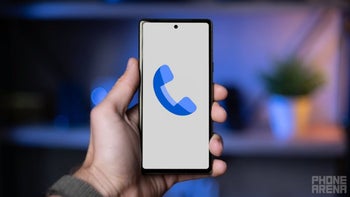


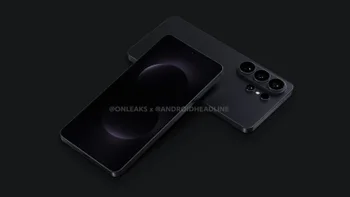
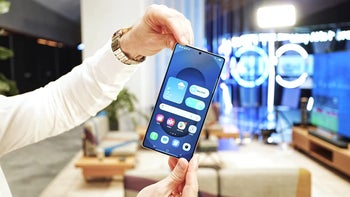

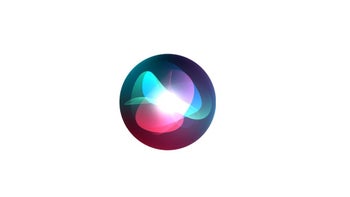
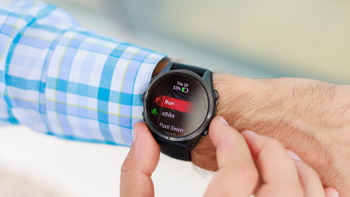
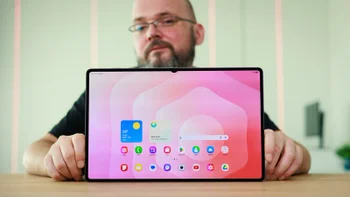
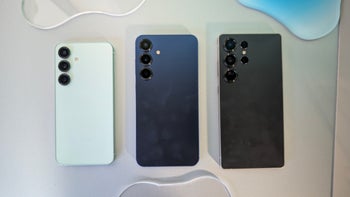
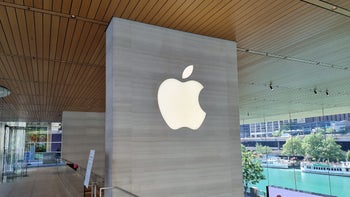
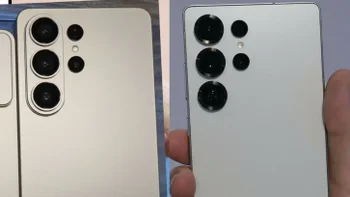
Things that are NOT allowed:
To help keep our community safe and free from spam, we apply temporary limits to newly created accounts: